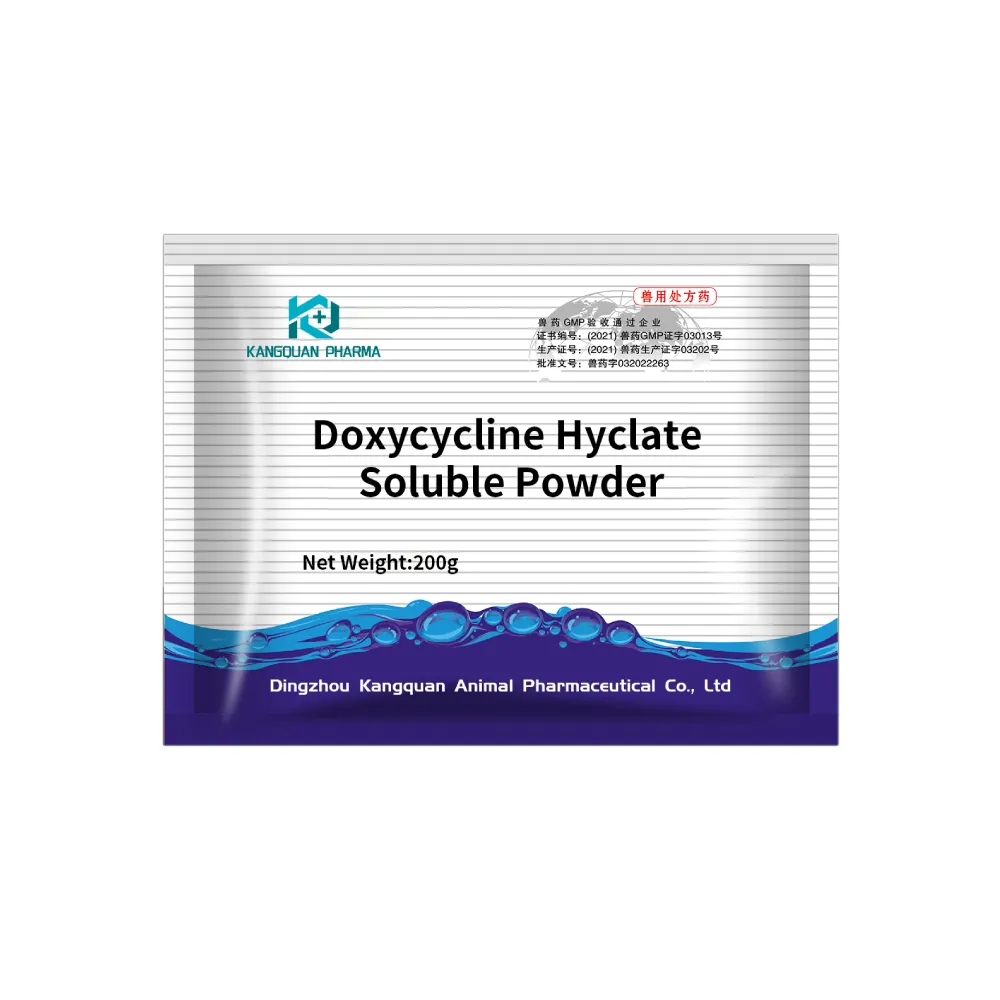- Afrikaans
- Albanian
- Amharic
- Arabic
- Armenian
- Azerbaijani
- Basque
- Belarusian
- Bengali
- Bosnian
- Bulgarian
- Catalan
- Cebuano
- Corsican
- Croatian
- Czech
- Danish
- Dutch
- English
- Esperanto
- Estonian
- Finnish
- French
- Frisian
- Galician
- Georgian
- German
- Greek
- Gujarati
- Haitian Creole
- hausa
- hawaiian
- Hebrew
- Hindi
- Miao
- Hungarian
- Icelandic
- igbo
- Indonesian
- irish
- Italian
- Japanese
- Javanese
- Kannada
- kazakh
- Khmer
- Rwandese
- Korean
- Kurdish
- Kyrgyz
- Lao
- Latin
- Latvian
- Lithuanian
- Luxembourgish
- Macedonian
- Malgashi
- Malay
- Malayalam
- Maltese
- Maori
- Marathi
- Mongolian
- Myanmar
- Nepali
- Norwegian
- Norwegian
- Occitan
- Pashto
- Persian
- Polish
- Portuguese
- Punjabi
- Romanian
- Russian
- Samoan
- Scottish Gaelic
- Serbian
- Sesotho
- Shona
- Sindhi
- Sinhala
- Slovak
- Slovenian
- Somali
- Spanish
- Sundanese
- Swahili
- Swedish
- Tagalog
- Tajik
- Tamil
- Tatar
- Telugu
- Thai
- Turkish
- Turkmen
- Ukrainian
- Urdu
- Uighur
- Uzbek
- Vietnamese
- Welsh
- Bantu
- Yiddish
- Yoruba
- Zulu
des . 02, 2024 07:26 Back to list
Effective Solutions for Equine Disinfection and Maintaining Horse Health
The Importance of Equine Disinfectants in Horse Care
In the world of equine management, maintaining the health and well-being of horses is of paramount importance. Horses, like any living beings, are susceptible to various infections and diseases, and one of the most effective ways to prevent the spread of pathogens is through proper disinfection. Equine disinfectants play a crucial role in ensuring the cleanliness of stables, equipment, and the general environment where horses thrive.
Understanding Equine Disinfectants
Equine disinfectants are specially formulated products designed to eliminate harmful bacteria, viruses, fungi, and parasites that can affect horses. They come in various forms, including sprays, wipes, and concentrated solutions, which can be diluted with water for use. Common active ingredients in these disinfectants include quaternary ammonium compounds, sodium hypochlorite, and peracetic acid, each with its unique properties and effectiveness against specific pathogens.
Why Disinfection is Essential for Horse Health
The equine environment — including barns, paddocks, and trailers — can harbor various infectious agents that pose serious risks to horse health. Conditions such as equine influenza, strangles, and leptospirosis are just a few examples of transmissible diseases that can quickly spread among horses in close quarters. By implementing a rigorous disinfection protocol, horse owners and caregivers can significantly reduce the risk of outbreaks.
1. Preventing Disease Transmission Horses are social animals and often come into contact with each other during events, training, and trail rides. Disinfectants can break the chain of transmission by eliminating pathogens on surfaces that horses frequent. 2. Promoting a Healthy Environment A clean living environment is essential for the overall wellness of horses. Disinfecting stalls, feeding equipment, and water troughs helps to reduce the accumulation of harmful microorganisms that could lead to illness.
3. Protecting New Arrivals Incoming horses, whether for competition or boarding, can introduce new pathogens to an existing population. Proper disinfection of stalls and common areas before the arrival of a new horse is vital in safeguarding the health of all equines on the property.
Implementation of Disinfection Practices
equine disinfectant

Effective disinfection requires careful planning and execution. Here are some best practices for using equine disinfectants
- Choose the Right Disinfectant Not all disinfectants are equally effective against all pathogens. It is crucial to select a product that is appropriate for the specific microbes you are targeting.
- Clean Before You Disinfect Thorough cleaning of surfaces to remove organic matter (like dirt, droppings, and bedding) is essential. Disinfectants work best on clean surfaces, as dirt and organic material can inhibit their effectiveness.
- Follow Manufacturer Instructions Each disinfectant has specific instructions regarding dilution rates, contact time, and application methods. Adhering to these guidelines ensures optimal results.
- Regular Disinfection Schedule Establish a routine that includes regular cleaning and disinfection of stalls, grooming tools, and other areas. High-traffic areas such as wash racks and cross-ties should receive extra attention.
- Safety Measures Always wear appropriate personal protective equipment (PPE) when handling disinfectants. Many products can be harmful if inhaled or if they come into contact with skin.
Conclusion
In conclusion, equine disinfectants are an indispensable component of responsible horse management. By integrating effective disinfection practices into everyday routines, horse owners can help prevent disease outbreaks and promote the overall health and well-being of their animals. A clean environment not only protects the horses but also ensures peace of mind for caregivers and owners, allowing everyone to focus on what truly matters the joy of caring for these magnificent animals. With proper knowledge and diligent practices, the equine community can foster a healthier future for all horses.
-
Guide to Oxytetracycline Injection
NewsMar.27,2025
-
Guide to Colistin Sulphate
NewsMar.27,2025
-
Gentamicin Sulfate: Uses, Price, And Key Information
NewsMar.27,2025
-
Enrofloxacin Injection: Uses, Price, And Supplier Information
NewsMar.27,2025
-
Dexamethasone Sodium Phosphate Injection: Uses, Price, And Key Information
NewsMar.27,2025
-
Albendazole Tablet: Uses, Dosage, Cost, And Key Information
NewsMar.27,2025













